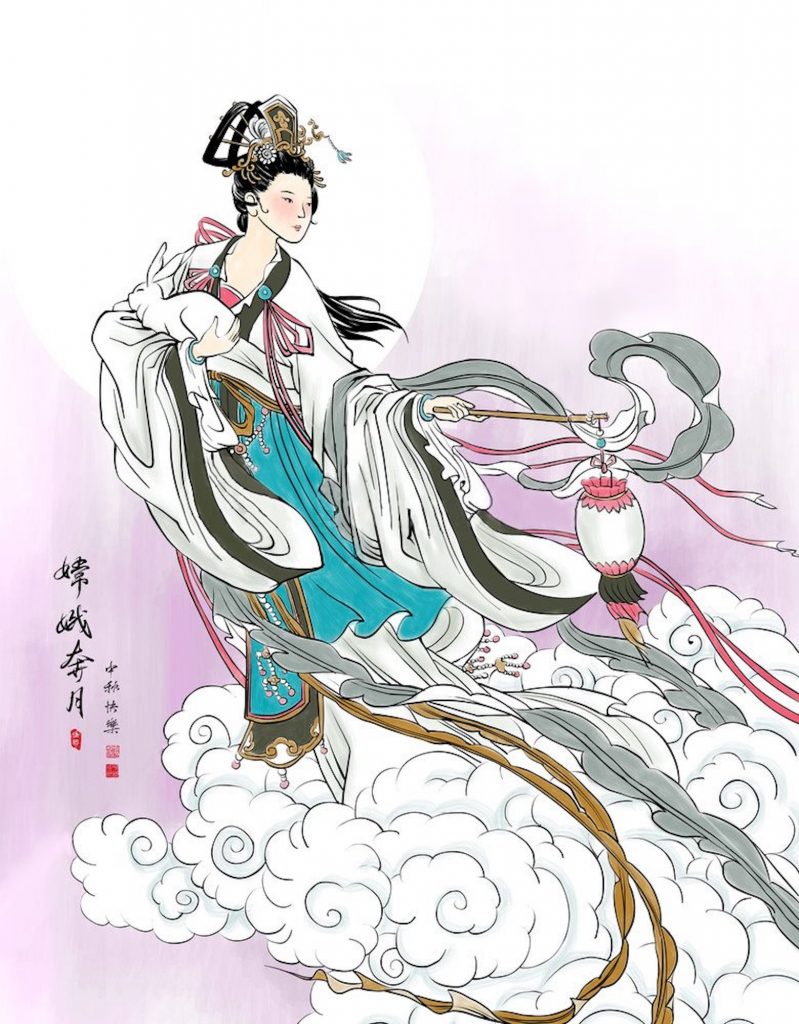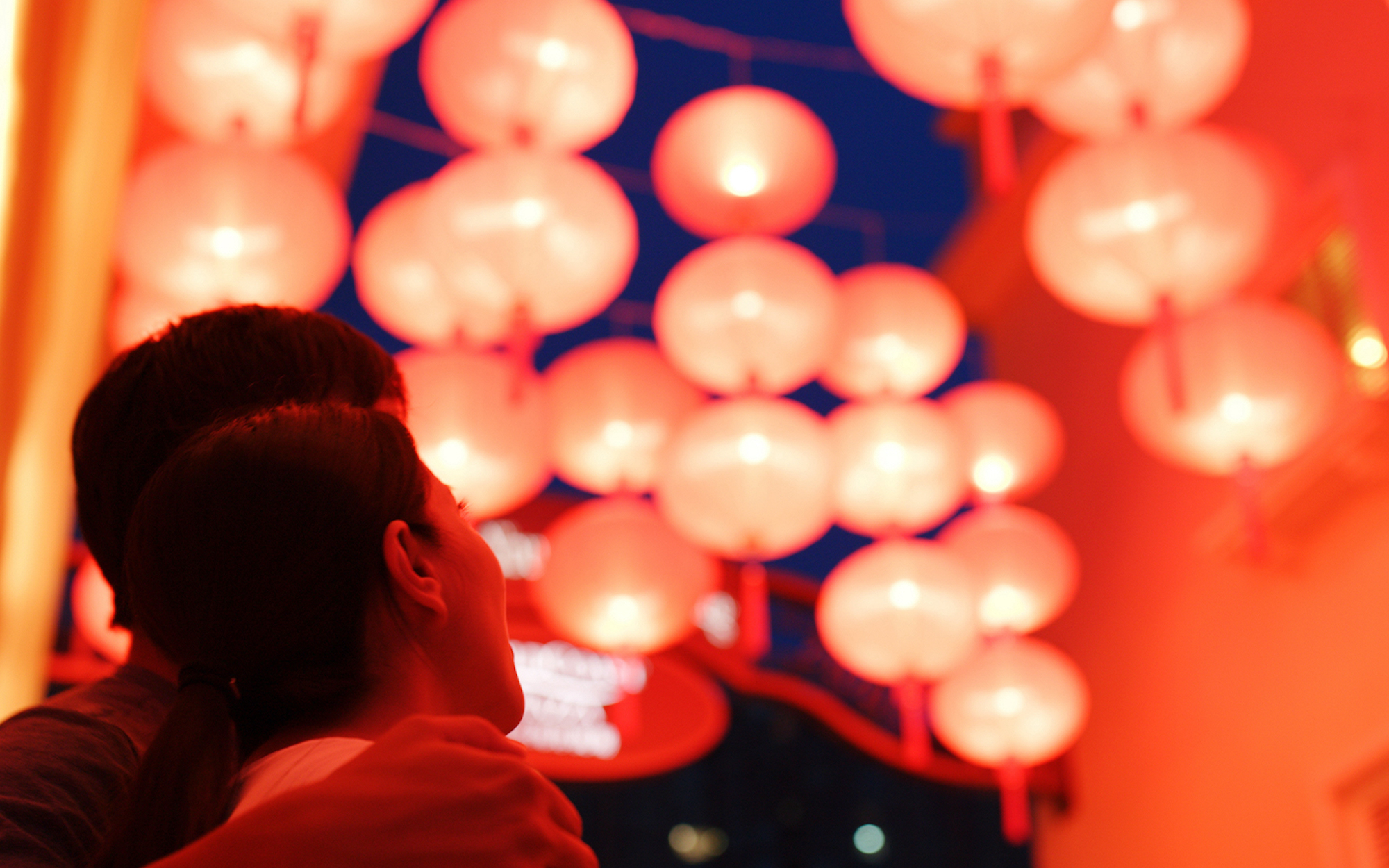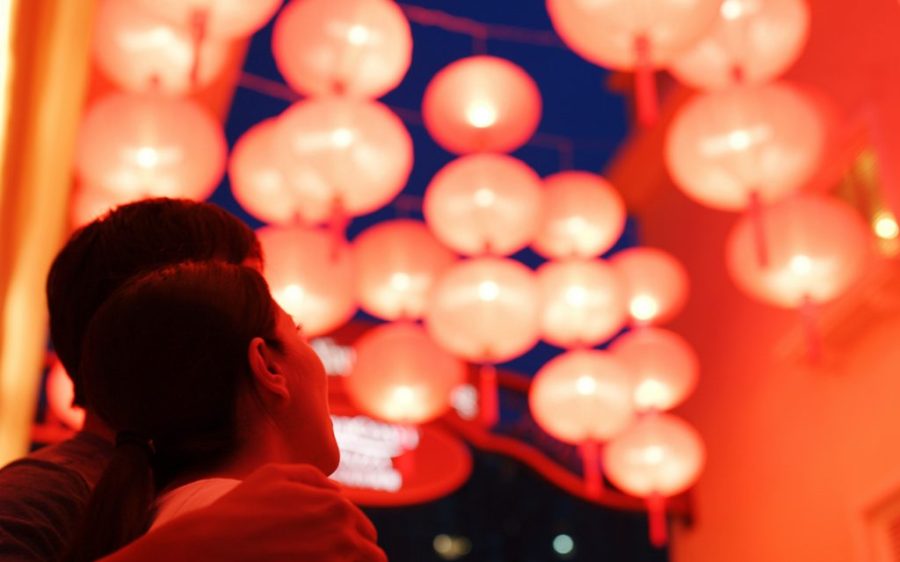The Mid-Autumn Festival is one of the most important annual holidays in Chinese culture. Also known as Moon Festival or Mooncake Festival, the tradition is deeply intertwined with – you guessed it – the moon.
Every year, on the 15th day of the eighth month of the lunar calendar when, according to conventional wisdom, the moon is at its largest and most luminous, millions of people gather to celebrate by eating mooncakes, gazing at the moon, lighting lanterns and praying for a fruitful future.
Over time, however, the way people celebrate the Mid-Autumn Festival has changed significantly. While families today mark the occasion by indulging in sumptuous meals and exchanging luxurious mooncakes from upscale brands, the tradition has much more mythical roots in farming villages thousands of years ago.
The legend of Hou Yi and the Moon Goddess Chang’e

According to scholars, the Mid-Autumn Festival may have emerged as early as the Tang dynasty (618–907 CE), over 2,000 years ago. As often occurs with China’s cultural traditions, popular lore underpins the festival’s origins: the legend of a remarkable archer, Hou Yi, and his wife Chang’e have laid the foundation for the customs we follow to this day.
As the legend goes, Hou Yi saved life on earth by shooting down nine of 10 blistering suns causing severe droughts and wilting crops. In appreciation for his feat, the Queen Mother of the West offered Hou Yi the most coveted potion of all: the Elixir of Immortality. The bottle contained just enough for one person.
But the archer was deeply in love with his wife, Chang’e, and could not contemplate parting with her just to become immortal. Renouncing eternal life, Hou Yi decided not to drink the potion and left the bottle untouched.
From there, two widely shared tales recount different versions of events. One contends that Chang’e drank the elixir to keep it from falling into the wrong hands. The other portrays a less-than-ideal image of Chang’e: consumed by the desire to grasp immortality, she stole the elixir from her husband.
Either way, Chang’e wound up on the moon after drinking the elixir. How? The tales diverge once again. The first details an elegant levitation towards the moon, where Chang’e spent her everlasting life. The second offers a cautionary tale, in which Chang’e flees to the moon to escape her husband’s wrath, then remains there for a lonesome eternity.
Competing stories aside, Chang’e became known as the Goddess of the Moon. From then on, her husband paid her tribute by contemplating the moon and making offerings of fruit and cake to Chang’e.
Villagers started to follow the same rites. As the celebration grew popular, more people worshipped the moon to give thanks for the summer harvests in the hope of future prosperity and harmony.
Mooncakes: Mid-Autumn’s ubiquitous symbol

Over time, many farmers adopted the custom of setting up altars filled with fruits such as pomelo, considered auspicious, and cakes to worship the moon and pay respects to its goddess.
Since tales of its origins vary, it is hard to know how the first mooncakes took shape. The confection is thought to have first appeared during the Tang dynasty. However, some historians point to the Taishi cake, a pastry eaten as long ago as the Shang dynasty (founded circa 1600 BCE) as its predecessor.
Another legend adds a hint of intrigue to mooncakes’ origin story: during the Yuan dynasty, revolutionaries allegedly passed around hidden messages urging people to rise up against Mongolian rulers.
However the tradition began, according to historical records, exchanging and eating mooncakes had already become a widespread Mid-Autumn custom by the Ming Dynasty (1368-1644 CE).
Today, as summer draws to an end, mooncakes – perhaps the most easily recognisable symbol of the Mid-Autumn Festival – begin to fill bakery shelves. These timeless treats now come in a plethora of flavours, some rather unusual like chocolate or truffles, but the Cantonese-style pastry filled with lotus seed paste remains a classic. This traditional variety usually features auspicious Chinese characters carved on its top.
Countless versions of the delicacy have emerged across Greater China over the centuries, yet most mooncakes share one signature feature: their round shape. Reminiscent of a full moon, the circular shape symbolises wholeness and unity.
Many mooncakes also boast meticulously designed packaging – five-star hotels and luxury brands often collaborate with top designers to create unique hampers – a subtle symbol meant to show your loved ones how much you care about them.
Although they have morphed to sustain the demands of modern-day life, Mid-Autumn traditions have managed to withstand the test of time. Today, millions of people across the world continue to recognise the occasion as their ancestors did: by coming together with friends and family, offering gifts and gazing up at the moon to pay respect to Chang’e.






